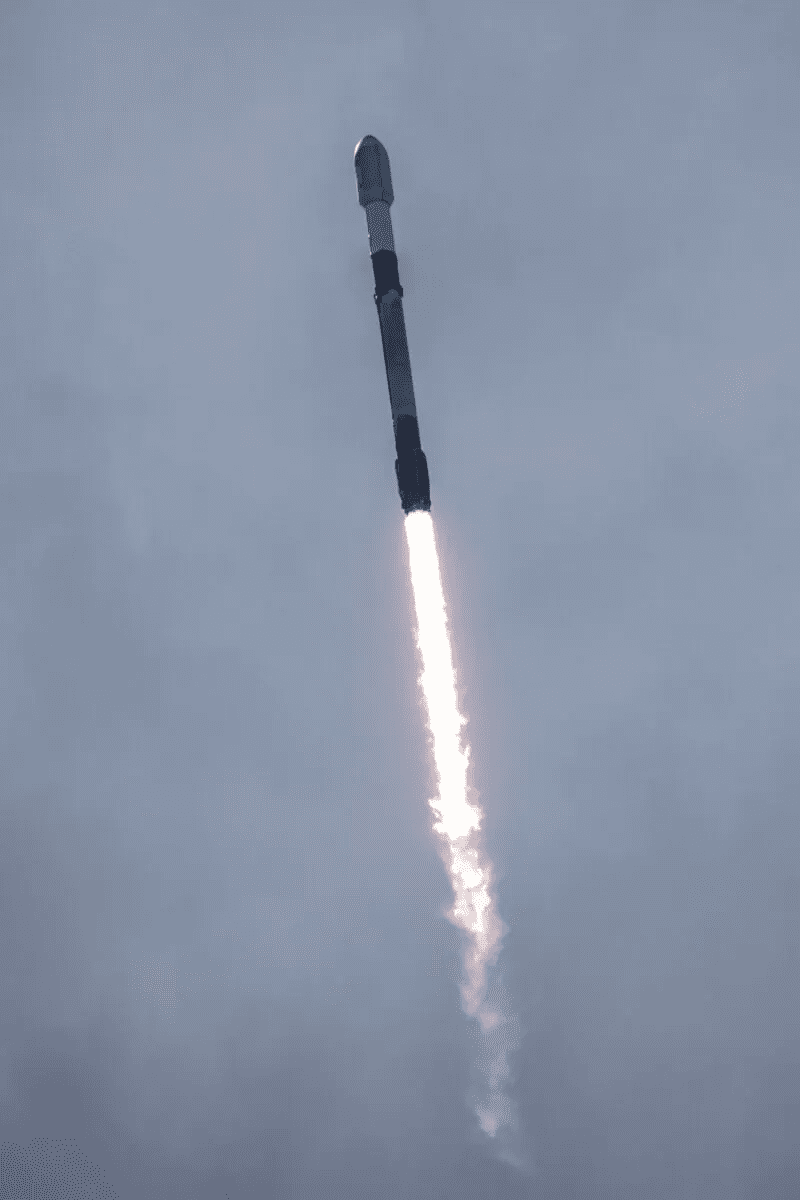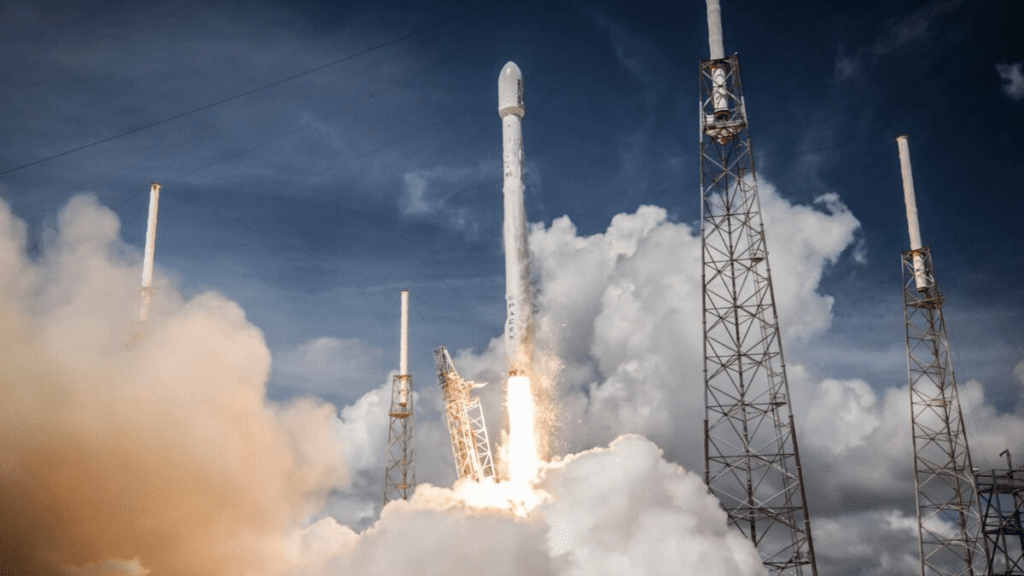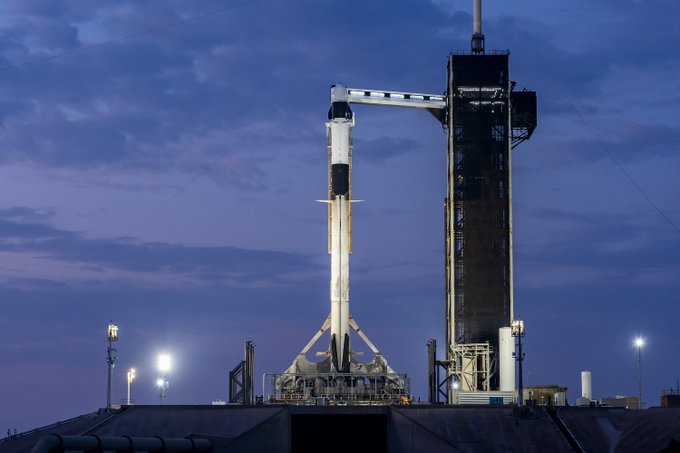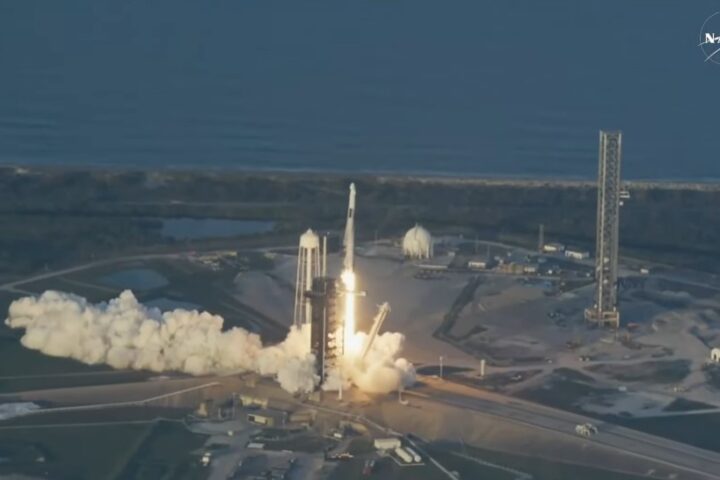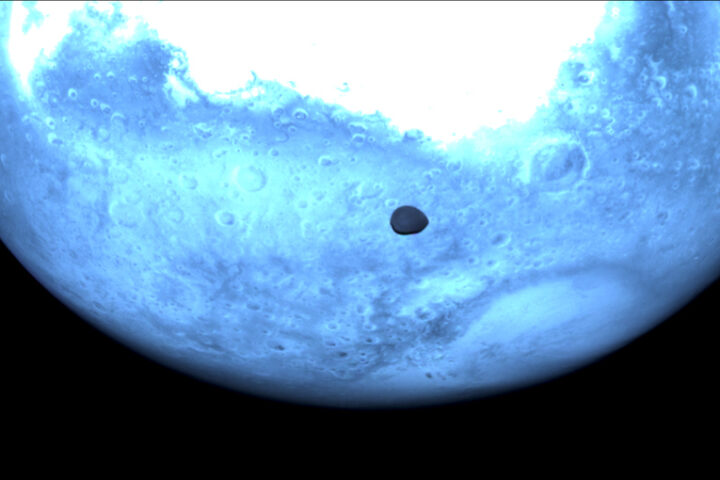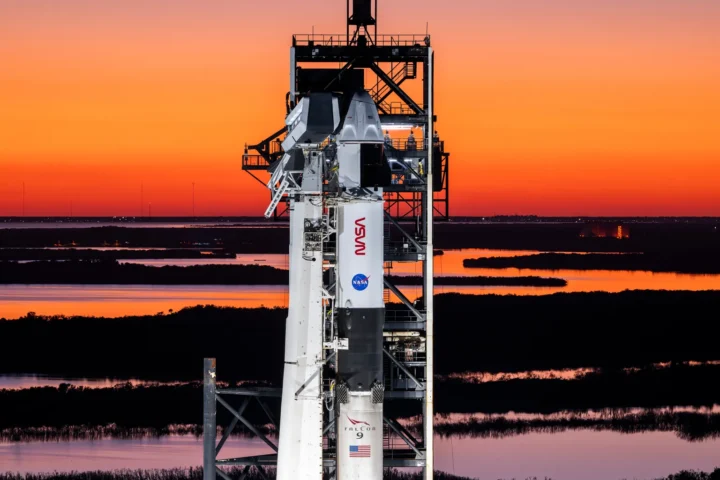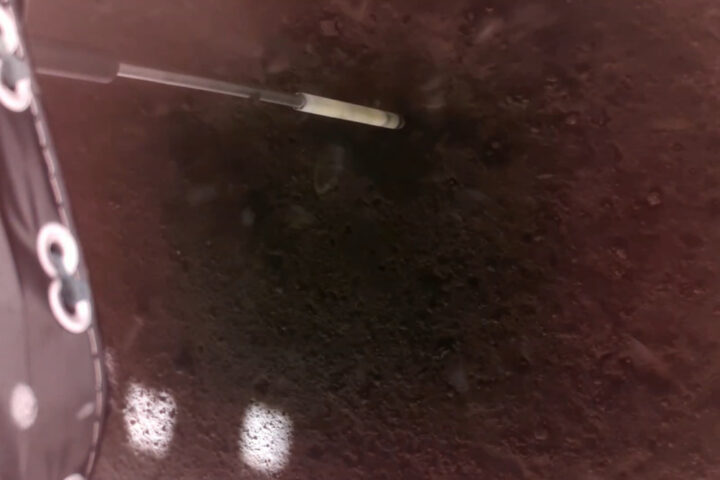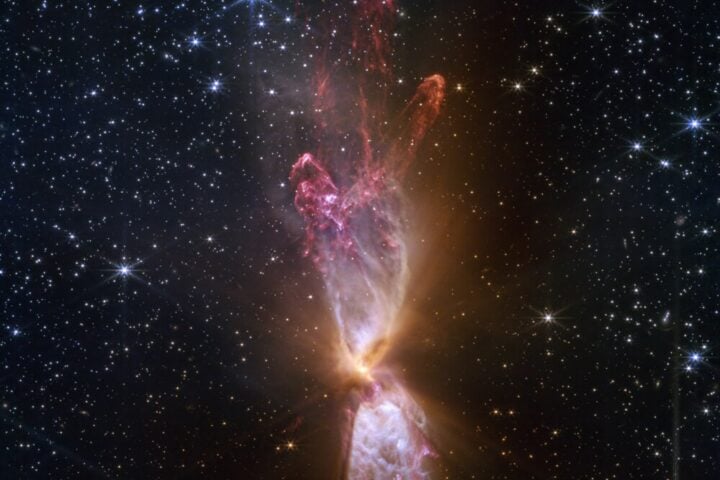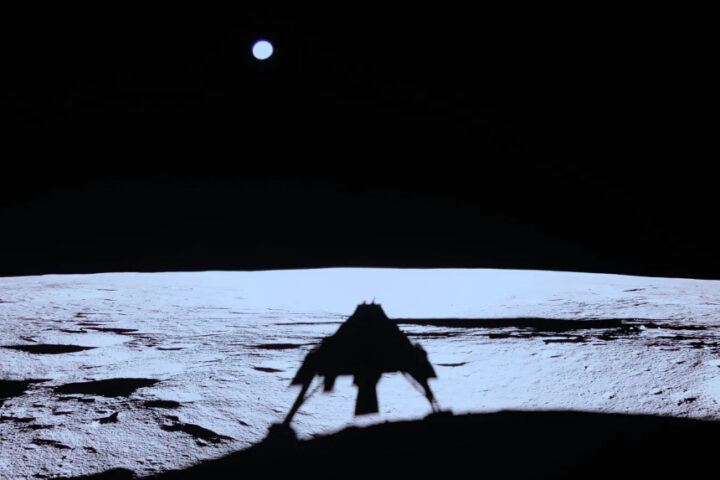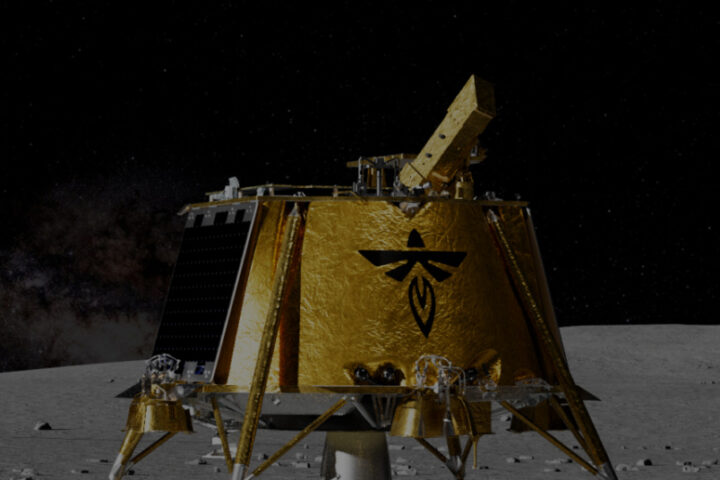SpaceX launched 51 Starlink internet satellites into orbit on Friday, marking the first of two orbital missions that the company has planned for the day. The craft travelled atop a Falcon 9 rocket, lifting off from California’s Vandenberg Space Force Base, which landed safely 8 minutes and 40 seconds after the liftoff on the SpaceX droneship, Of Course I Still Love You, stationed in the Pacific Ocean off the coast of California. The Falcon 9’s upper stage continued hauling the Starlink satellites to low Earth orbit, deploying all 51 of them as planned. SpaceX has now launched almost 4,000 Starlink satellites, which provide internet service to people worldwide. It has permission to loft 12,000 Starlink craft and has applied for approval to deploy 30,000 more satellites on top of that. SpaceX’s global broadband network reaches all seven continents.
The Starlink 2-5 mission began with liftoff from Space Launch Complex 4-East at Vandenberg, a military spaceport about 140 miles northwest of Los Angeles. The Falcon 9 rocket fired its nine kerosene-fueled Merlin engines, climbed away from Vandenberg with 1.7 million pounds of thrust, and flew on an arc downrange from Vandenberg heading south-southeast over the Pacific Ocean to target an orbit inclined 70 degrees to the equator.
The Falcon 9’s first stage booster shut down its nine engines and separated from the upper stage in the upper atmosphere two-and-a-half minutes into the mission. The upper stage lit its single engine for a six-minute firing to inject the flat-packed Starlink satellites into an elliptical transfer orbit. Fifteen minutes into the flight, the Falcon 9’s upper stage released the 51 Starlink satellites, each weighing over a quarter-tonne, to begin their mission beaming broadband, low-latency internet services to customers worldwide.
- Ethiopian Airlines and Archer Aviation Partner to Launch Electric Air Taxi Network in Ethiopia
- Sydney Asbestos Mulch Crisis: 79 Contaminated Sites Lead to 102 Charges
- Protected: Checking And Content Calendar Update
- Bering Sea Snow Crab Fishery Reopens with 4.72M Pound Quota After Two-Year Closure
- Fossil Fuels Linked to 1 in 5 Global Deaths and 90% of CO₂ Emissions
SpaceX has been launching satellites into its second-generation Starlink constellation, called Gen2, since December, but the Starlink 2-5 mission continued filling out the first-generation Starlink fleet. The 51 Starlink internet satellites on-board the rocket Friday brought the total number of Starlink spacecraft launched to 3,981. The Federal Communications Commission granted SpaceX approval on December 1 to launch up to 7,500 of its planned 29,988-spacecraft Starlink Gen2 constellation. The Gen2 satellites could improve Starlink coverage over lower latitude regions and help alleviate pressure on the network from growing consumer uptake.
